It was also interested to see the various studies and preparatory sketches, followed then by the final work. The best example of this is the raising of Lazarus which has just such sketches and then the enormous piece dominating the room on one wall, in a specially constructed frame. It is spectacular to behold. The problem is, with all this excellence, is that I do find the subject matter a little dull and find the whole thing a little samey after a while. There are only so many looming portraits of Jesus, in various stages of anger or despair, that I can absorb before the mind starts to wonder. That is not to say there is nothing I took from this exhibition I did, particularly Sebastiano’s use of colour with the classic trick of a robe of one colour (say turquoise) intersected by a sash of another (red for example). However it did bore me after a while and I find myself trotting through fairly quickly. Others no doubt, more interested in these artists or the subject matter will find themselves captivated but these pictures did not speak to me. Elsewhere in the gallery, just to the left of the main stairs is a room. In this room is a solitary painting, Repentant Magdalene by Cagnacci. Now you main expect given my dismissal of all paintings religious above that this did not appeal to me. You are wrong. It did, very much, and I suggest you go and see it. It is free to do so and you only have until 21st May, when presumably it is returned to whence it came. It is a sumptuous and sensuous piece, finally rendered with great skill. There is a lot of movement to it. Lying on the floor is a very sexy looking (but anachronistically blond), Mary Magdalene. She is being coaxed from her position by another lady, possibly her post reformation, I am not sure. Above her a devil is being chased away by an angelic figure. Light falls on the central figures and the flesh tones have a glow to them. It is the pose of the Magdalene, half naked, next to a discarded blue dress and jewellery, that holds the attention, particularly the facial expression. Good composition and dynamism here and Cagnacci manages that great trick of bringing something new to an old subject. Changing tack again there is another free exhibition, also excellent but very different, Chris Ofili’s weaving magic. This exhibition shows the development, by way of sketches and watercolours of a tryptic tapestry. These sketches, particularly the final watercolour are very interesting and show a bold and imaginative use of colour. It is the final work though that packs the most punch. In a large room there are flowing designs of middle-eastern temple dancers. The kind of figures one imagines gracing an illustration of 1001 nights. These surround and frame the massive three piece tapestry. The colours in the tapestry, or weaving are more lurid and stunning than the preparatory sketches but it manages to retain the flowing nature of the watercolour. I’ve no idea how. It shows two figures, male and female, having a liaison while mystical cocktail is poured from the sky into her glasses. The surrounding panels show a male and a female figure, possibly observers but I prefer to think that they are our main characters just prior to arriving. I am very glad I have seen this, I have long been a fan of Ofili, and I suggest you do too. It is free. Finally another free exhibition, or rather a celebration of the opening of a new room. On the lowest floor of the gallery, accessed through the espresso bar is the first new room in the National Gallery for a number of years. Gallery B it is called. In it there is on display a collection of Rubens and Rembrandt those colossi of the Dutch school. Rembrandt used his wife as a subject it would seem. I like these and two in particular caught my eye, one of her bathing and one of her in Arcadian costume (whatever that is). They are playful, intimate and, I think, loving of the subject. They are also technically superb with the dark background highlighting the figure. For Rubens two pictures caught my eye. One is Samson and Dehlila, she having just cut his hair presumably and of course as you do in such situations, has her tits out. Such is the way of painting, but she is a typically Rubenesque figure. I like the toothless gummy look of the old woman behind her.
My other favourite was in fact in gallery C and is a landscape of some Dutch village or other. I forget the name. It has a sort of spectral quality to it, particularly the trees that I find very attractive and adds movement and interest to what can too easily be a flat subject (as many landscapes are). There are other pictures on display of course but these are my favourites. Go and have a look, its free so you might as well.
0 Comments
Leave a Reply. |
Archives
June 2024
Categories |
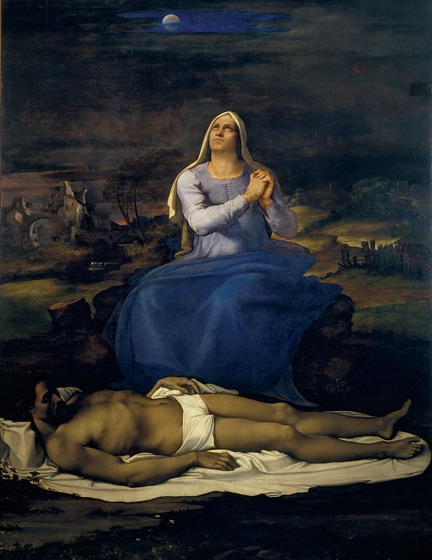
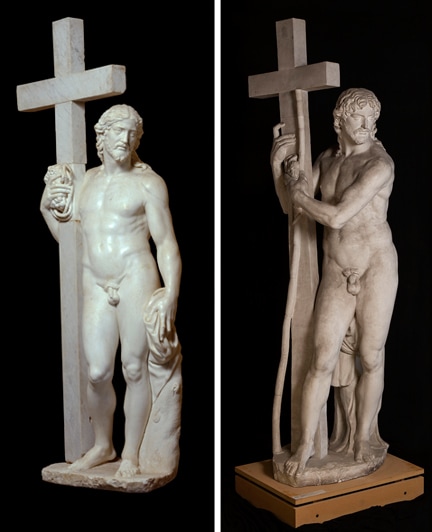
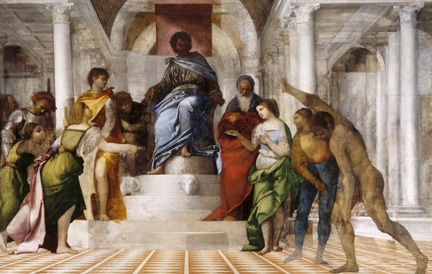
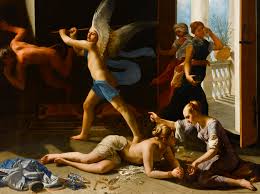
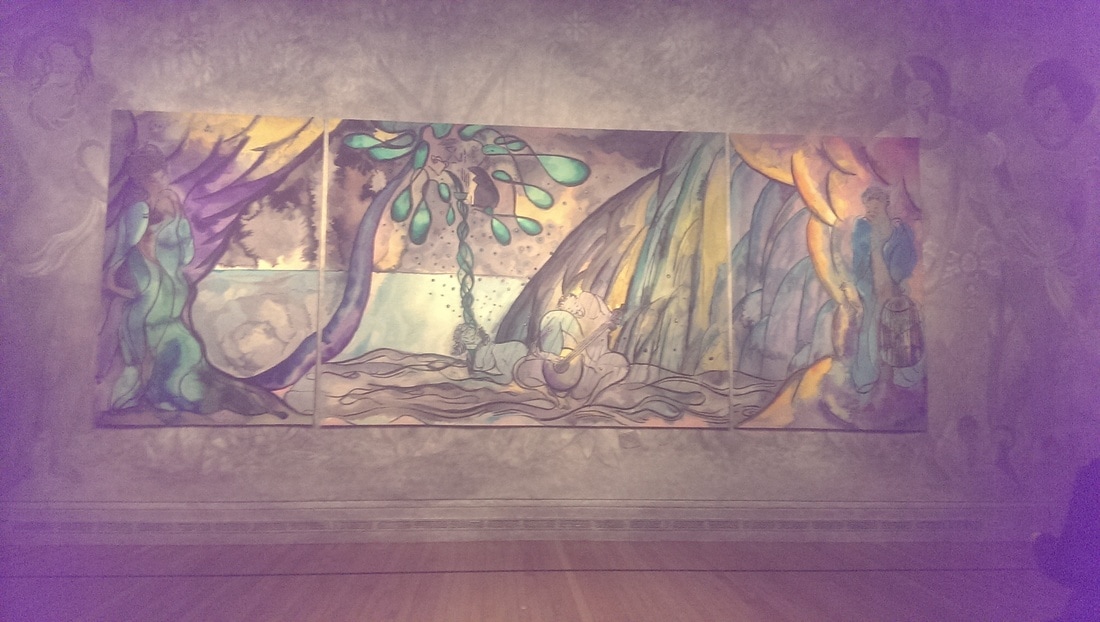
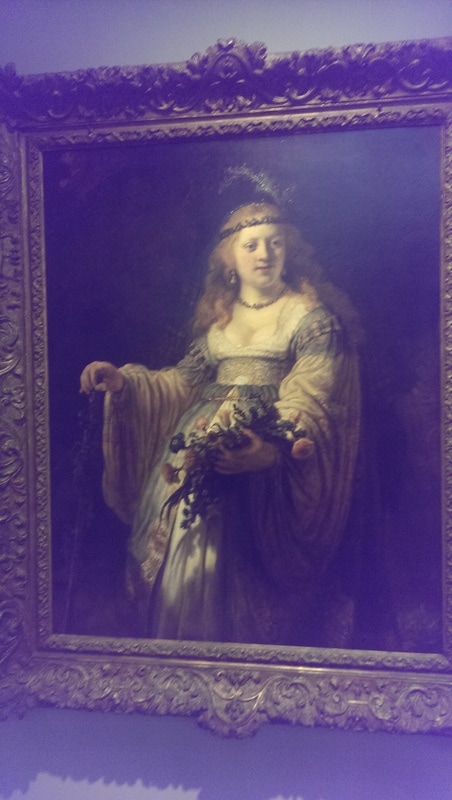
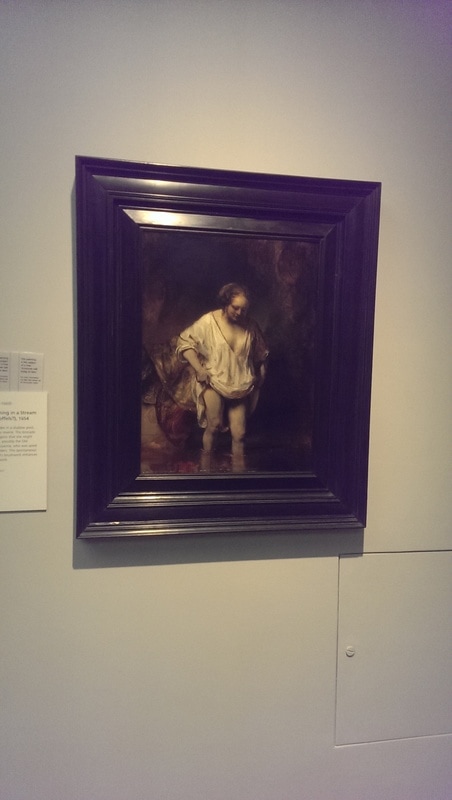
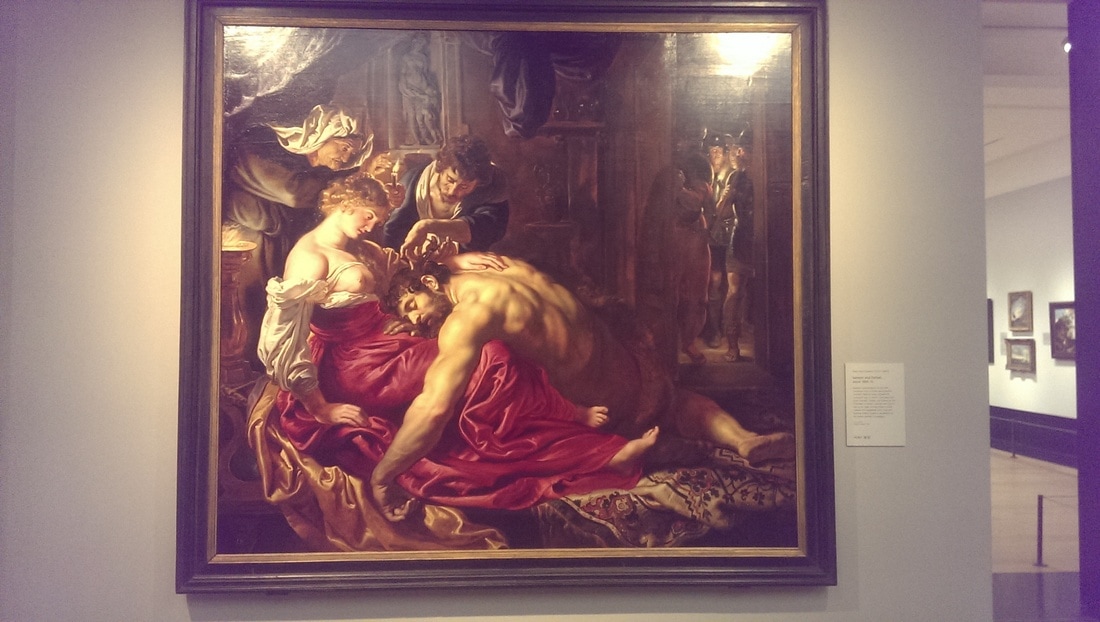
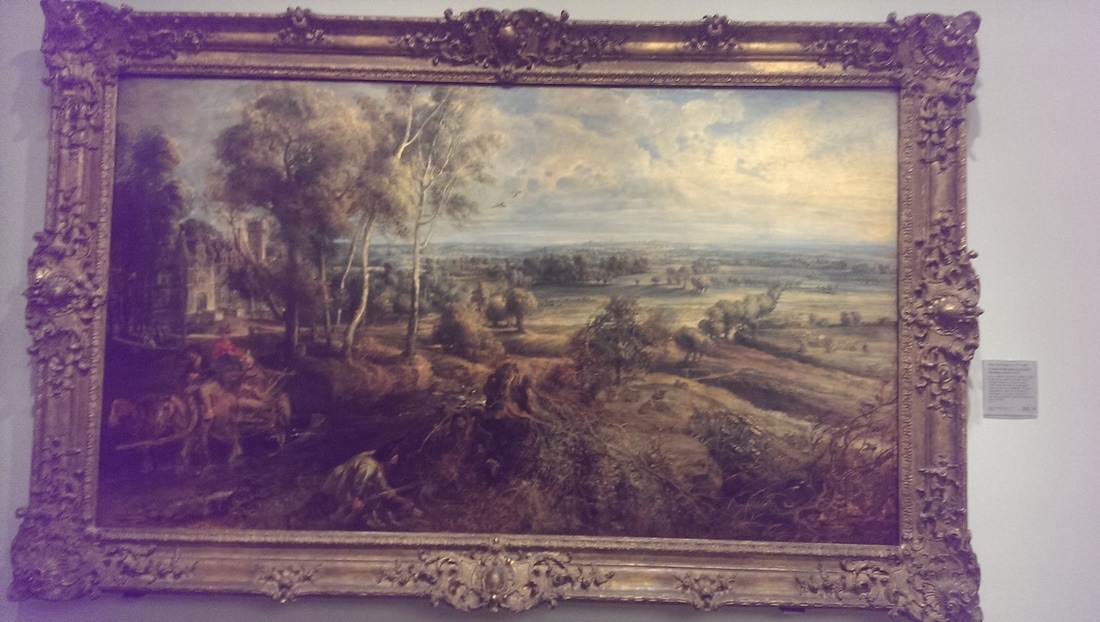
 RSS Feed
RSS Feed